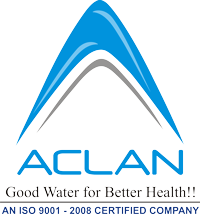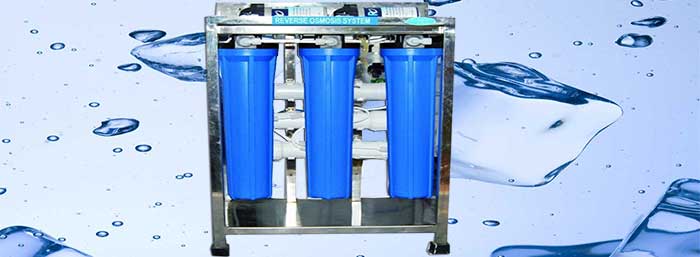The Reverse Osmosis process is the finest filtration process known till date. The process ensures removal of all particles as small as ions from a given solution. In Reverse Osmosis process a semi-permeable membrane is used for the removal of salts from the water. Water pressure is applied to the concentrated side which forces the process of osmosis into reverse. Under sufficient pressure, pure water is compressed through the membrane from the concentrated side to the dilute side. Salts dissolved in water as charged ions are repelled by the RO membrane, the rejected impurities on the concentrated side of the membrane are washed in a stream of waster thus there is no chance of accumulation of salts on the filter.
Advantages Of Reverse Osmosis Process Common Features in our RO Products
This multi stage purification RO (Reverse Osmosis) process rejects 90 to 95% of physical and chemical impurities along with micro organisms like bacteria and virus present in the tap water source.






